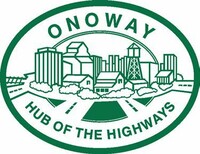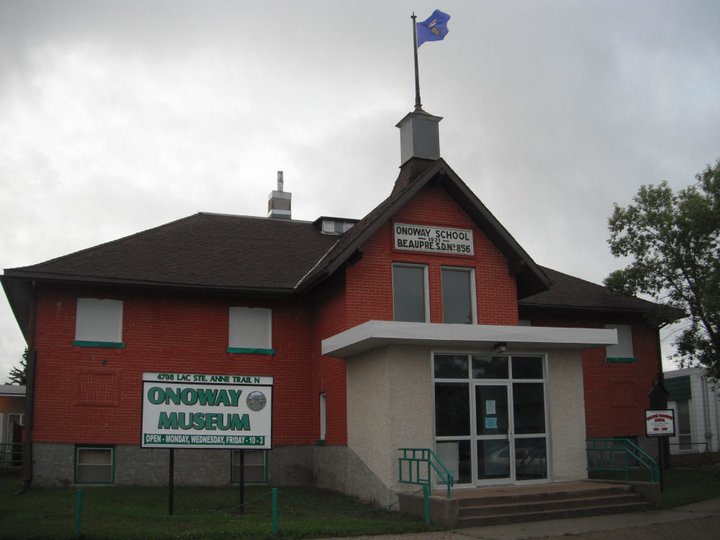Even before the Northern Alberta Land Survey was completed in 1899, there were a few non-aboriginal settlers in the Onoway area. Their numbers increased after the survey and by 1904 a post office was built near the site of the present Evangelical Free Church.
The first post master's name was W.P. Beaupre and the community proposed naming the post office after him. However, the name ‘Beaupre’ was already being used elsewhere. As Beaupre can be translated as 'good, rich or lush meadow' or 'fair field' in English, a transliteration of a first nation equivalent, ‘Onoway’, was chosen.
The community was spread out initially, with the first store being located at Devil's Lake. In 1910 there was a proposal for a railway subdivision branch junction to be located about 2.5 km west of Onoway's current boundary. This created interest in development. Lots were surveyed and some buildings erected with the hope that a future railway station would be located there.
Possibly due to high land prices from land speculation, the station was instead built east of the post office when the rail line went through in 1911. The hamlet site was surveyed in 1913. It had four blocks with a park to the southwest.
The community grew and in 1923, with 100 people and 25 occupied dwellings, Onoway residents petitioned to become a Village. The request was granted and the hamlet became the Village of Onoway in June 1923.
Onoway’s development potential was enhanced in 1956 when Northwestern Utilities installed a natural gas system, and again in 1962 when community water and sewage systems replaced the private wells and septic fields.
The Village continued to be a service centre for the surrounding population and economic activity. As a result, its growth tended to reflect the good and hard economic times of the province of Alberta. On September 1, 2005, Onoway became a Town.
The close proximity to Highways 37 and 43 gave the Town the opportunity to identify itself as "Hub of the Highways." The development of the Highways, and the increased speed and affordability of motor vehicle traffic, has allowed Onoway to enter the outer commuter zone for the greater Edmonton urban area. This allows people to live in Onoway and enjoy the country lifestyle while working elsewhere.
The reverse is also true. The Town’s proximity to the two highways also allows people to live elsewhere while being employed in Onoway. Overall, the greater connectivity of Onoway with Stony Plain, Spruce Grove, St. Albert and Edmonton has been good for the Town. Residents have more options for work and recreation, and businesses have a greater potential market.
For more information contact Onoway & District Historical

